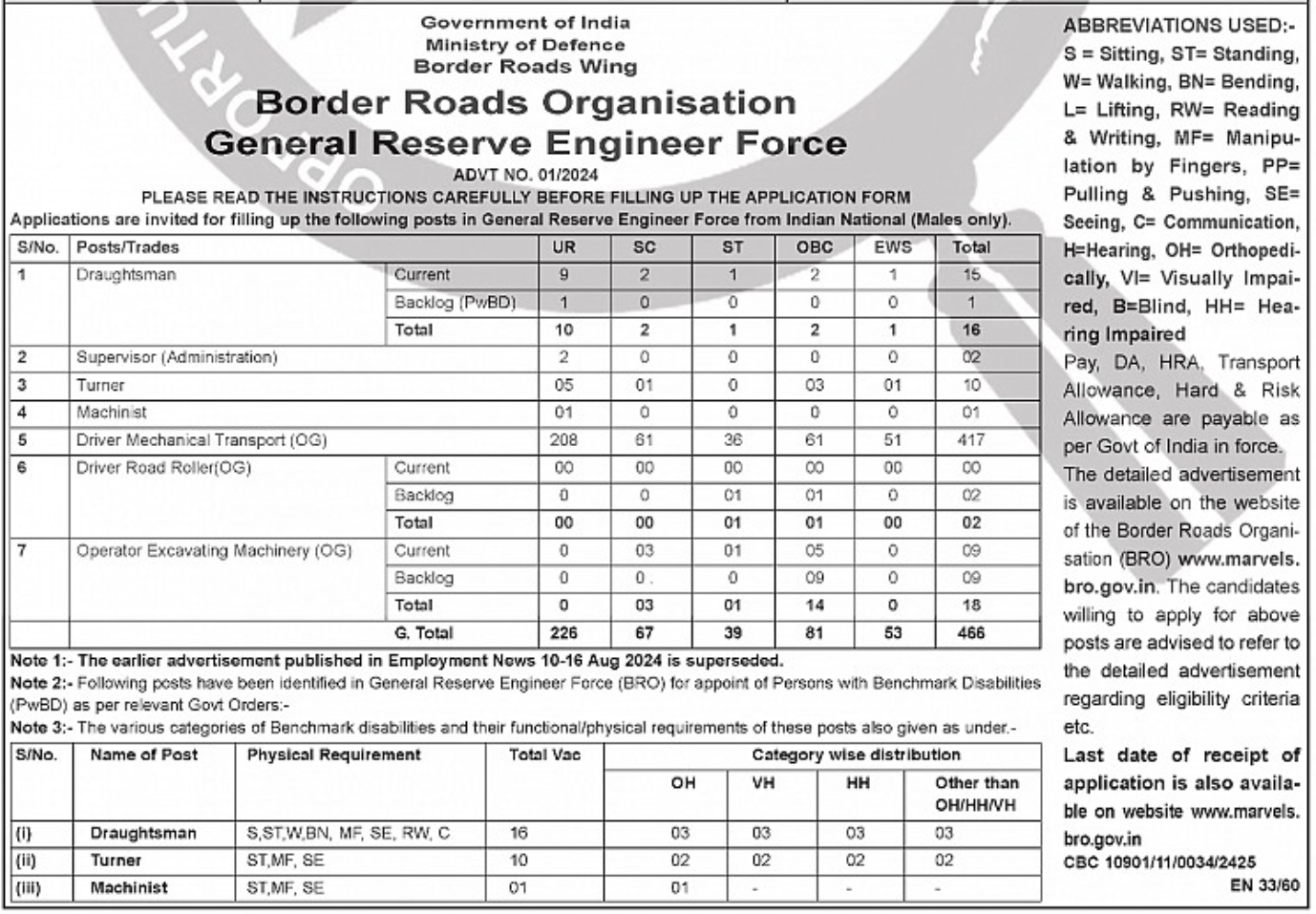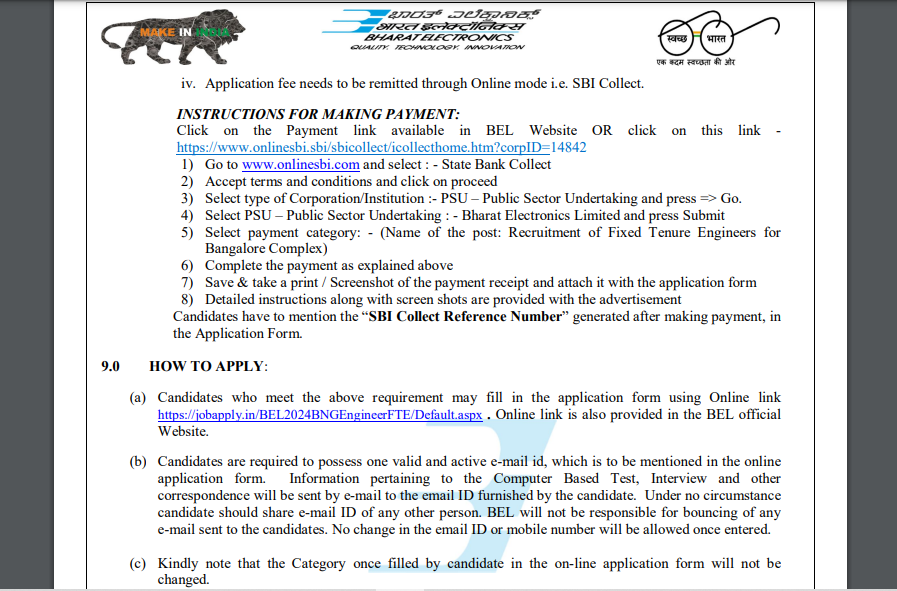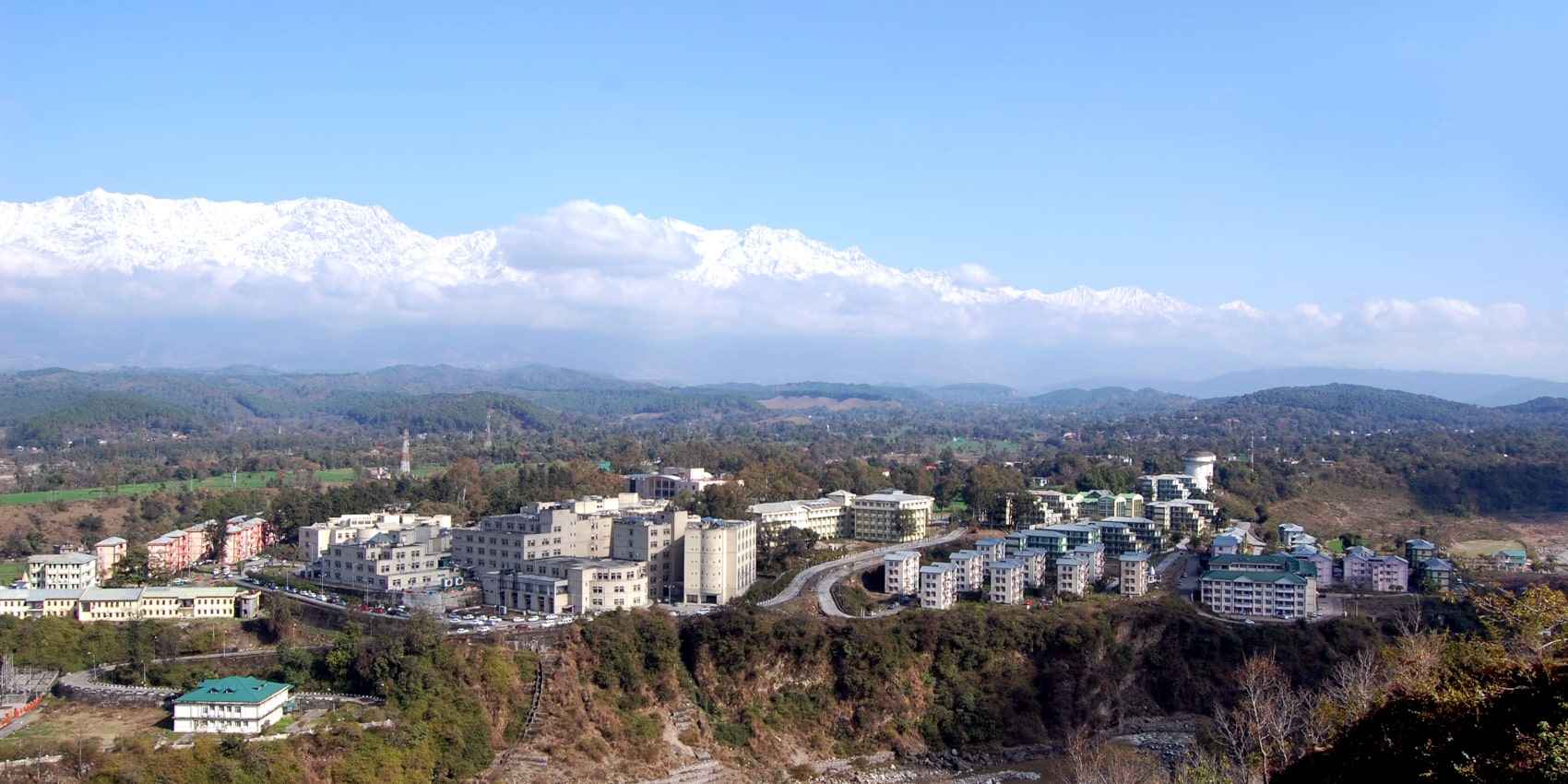In a groundbreaking statement that resonates with the winds of change in the technology landscape, Professor Abhay Karandikar, the Secretary of the Department of Science and Technology (DST), laid out an ambitious vision for India at the Indian Mobile Congress (IMC) held on October 29, 2023. The professor expressed his belief that India, with its indigenous 5G technology and a dedicated team of researchers, has the potential not only to lead in 6G standardization but also to become a global exporter of these cutting-edge technologies.
Table of Contents
A Paradigm Shift in Mobile Network Technologies
Professor Karandikar began by highlighting the monumental shift from 2G and 3G to the current 5G mobile networks. He emphasized that while 5G has already transformed the way we connect and communicate, 6G promises to be a game-changer of an entirely different magnitude. He underscored that India is uniquely positioned to shape the future of 6G research and standardization in a way that has never been conceived before.
India’s Role in the Global Data Boom
India’s rapid adoption of mobile communication has been pivotal in driving the global surge in data volume. By 2030, it is projected that India’s contribution to the total data generated from standard mobile communication may soar to a staggering one-third or even more. This influx of data will encompass a wide spectrum of use cases, from high to low data rates, stringent latency requirements to latency-tolerant applications, and a diverse array of access devices.
A Complex Ecosystem for Testing
The complexity of the Indian landscape will provide a unique and challenging testbed for cellular mobile communications. This ecosystem will include a plethora of connectivity methods, such as Wi-Fi, drones, satellite, terrestrial networks, sensors, and the Internet of Things (IoT). Professor Karandikar emphasized the need for an efficient, heterogeneous radio access technology to facilitate the seamless transfer of vast data volumes to the core networks.
Challenges and Opportunities
Despite the promising outlook, Professor Karandikar acknowledged that there is still much work to be done. Research on standardization and patent filing requires dedicated effort, and the core network itself poses substantial scalability challenges. To address these issues, he proposed the development of an efficient heterogeneous radio access technology. This innovation will be crucial in handling the substantial data influx into core networks.
Government Initiatives and Funding
To address the research challenges and support the development of these technologies, the Department of Science and Technology has initiated programs like the National Mission for Cyber Physical Systems (NMICPS). These initiatives extend beyond basic telephone connectivity and can play a pivotal role in sectors like agriculture, health, transportation, and logistics. The imminent operation of the Advanced National Research Facility (ANRF) promises new avenues for funding in these advanced areas.
A Glance at the Future
Professor Karandikar’s visit to the Technology Innovation Hubs established under NMICPS at the IMC highlighted the groundbreaking technologies on display. Dignitaries from the government, academia, and the industry attended the workshop, engaging in discussions about mobile network technologies, standardization, their future, and the related challenges.
In conclusion, India stands at a crossroads of technological advancement, with the potential to lead the world in 6G standardization and export these transformative technologies. With the support of government initiatives and the dedication of researchers and industry players, India’s journey toward 6G is not only visionary but poised to become a reality.
Frequently Asked Questions
- What is 6G, and how does it differ from 5G? 6G represents the next generation of mobile network technology, surpassing the capabilities of 5G. It promises to be a game-changer in terms of speed, connectivity, and applications.
- How will India contribute to 6G development? India’s rapid adoption of mobile communication and the unique challenges of its landscape make it an ideal testing ground for 6G technologies.
- What are the key challenges in 6G development? Research, standardization, and scalability in the core network are some of the challenges that need to be addressed.
- What is the role of the Department of Science and Technology in this endeavor? The DST is actively supporting research and development through initiatives like the National Mission for Cyber Physical Systems (NMICPS).
- How can India fund these advanced technologies? With the imminent operation of the Advanced National Research Facility (ANRF), new mechanisms for funding will become available for advanced research areas.
Stay Updated | India’s Vision for 6G Technology 🚀
- Follow us on Facebook , Telegram and Twitter for the latest Education News updates and Daily Current Affairs
- Subscribe to our website for more updates on upcoming exams and results.
- Check all open Government Jobs 2023 Here

























Wow, incredible weblog structure! How lengthy have you
ever been running a blog for? you make blogging look easy.
The full glance of your site is wonderful, as neatly as the content material!